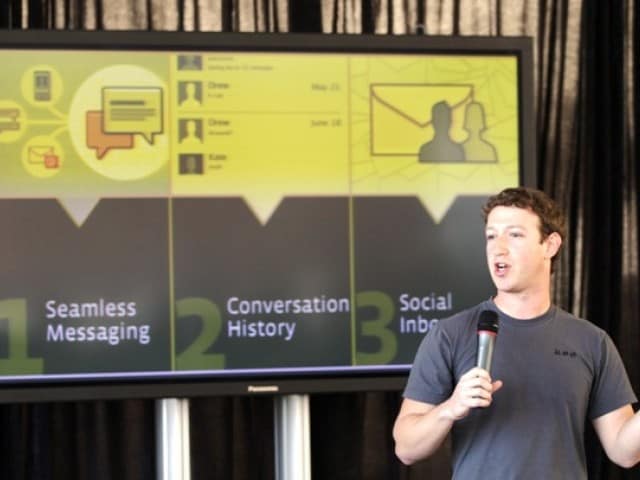
The Federal Reserve reports that Americans in the bottom 25 percent of the national wealth distribution have a median net worth of only $310. Many of them owe more in debt than they have in savings, leading to the fact that the median retirement savings for working-age Americans is close to $0. In 2016, only 41 percent of Black families and 35 percent of Hispanic families had any retirement savings at all. Meanwhile, as stock prices reach historic highs, most people — and certainly most lower-income workers — are not invested in the markets and get no benefit.
In a paper published March 25 by the Economic Innovation Group, we describe how government policy unwittingly contributes to America’s wealth gap — and how the Biden administration and Congress can help shrink it.
Current retirement savings policy is actually exacerbating inequalities. Workers can shelter income if they save it for retirement in an IRA or 401(k) account — which is a terrific if you are well-off and have a high marginal tax rate, but of almost no value if you are a low earner with a low tax rate.
We have an alternative, and it is based on what we, as economists, consider one of the best-designed savings programs in U.S. history. That is the Thrift Savings Plan, or TSP, available to federal employees and members of the military. The government should offer such a program to all disadvantaged workers.
The TSP design draws from important findings in behavioral economics to help workers create retirement wealth. Most federal employees are eligible to participate and are automatically enrolled in TSP. Tax-deferred contributions are withheld from their paycheck and the government matches that contribution up to 5 percent of their annual salary. By default, those contributions go into a very low-expense mutual fund appropriate for the age of the employee.
Employees can change their investments or contribution rates, or opt out completely. But by far, most choose to participate in the plan and contribute the default amount. Evidence suggests the high level of TSP participation is thanks to the simplicity of enrollment and the government match.
As the federal match has increased since 1987, TSP participation increased as well – notably in historically marginalized groups of workers. A recent Congressional Budget Office report found that after government matching was introduced, participation rates jumped by at least 20 percentage points for eligible Black workers, those with at most a high school education and those in the bottom one-third of the earnings distribution. Automatic enrollment, implemented in 2010, pushed participation rates even higher, reaching 94 percent for Black federal employees and 95 percent for those in the bottom one-third of earnings.
By contrast, while 67 percent of private industry workers have access to employer-provided retirement plans, only 51 percent participate.
Bottom line: Workers at all income levels find space in their budgets to save when the right incentives are in place.
Government should make the proven TSP model available to a wide range of working Americans, especially those below a certain income level. Private-sector employers would have to handle only the paperwork, similar to what they do for income tax and Social Security purposes. The government would provide a savings match and would keep politics out of investment decisions by hiring private investment managers to create a sensible, low-cost portfolio, just as the TSP does.
Our plan builds on past proposals from lawmakers from both parties to provide access to retirement plans to disadvantaged workers. Our calculations show that people in the bottom income quartile, contributing 5 percent of their wages with 5 percent matched, could accumulate median wealth of more than $43,000 within 10 years. A bottom-quartile 25-year-old could accumulate more than $600,000 by retirement.
This federally funded plan would have a smaller deficit impact than you might think. Most beneficiaries pay little tax today, so the cost in foregone taxes is small. And the tax is deferred, not eliminated: When that hypothetical 25-year-old retires and starts to take money out of their $600,000 TSP account, they will pay income tax on withdrawals. As for the government match, it would cost taxpayers, but the government currently borrows at close to a zero percent interest rate. If it does that, and gives the money to workers to invest in higher returning private capital, it will surely be a net gain for society.
Imagine how much healthier and more secure our collective future might look if wealth disparities were diminished and more Americans had a direct stake in the success of our free-market economic system. In our view, there is no policy better suited to address the challenges we face today than to give low-income Americans access to the same expertly designed savings and investment plan enjoyed by every member of Congress and the broader federal workforce.
























